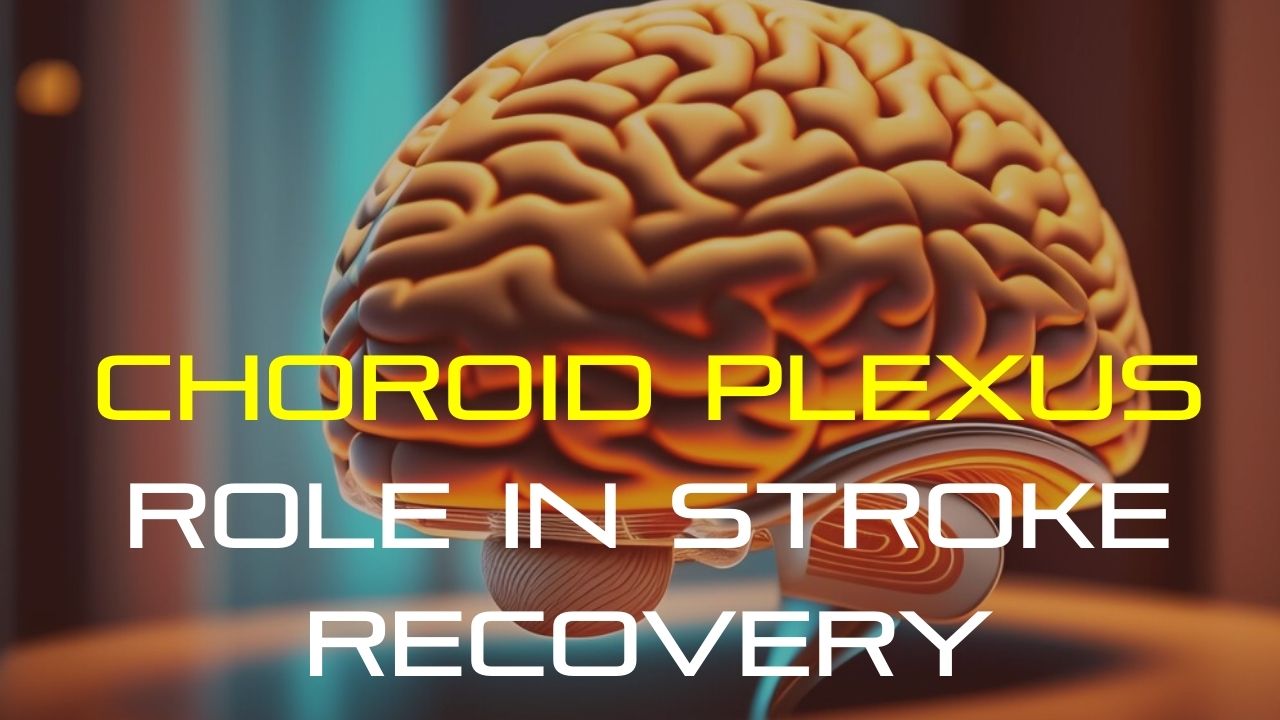Font size:
Print
Choroid Plexus Role in Stroke Recovery
Context: Researchers at the University of Cincinnati have developed an innovative animal model to explore the role of the choroid plexus, an organ within the brain’s ventricles, in repairing stroke-induced damage.
About the Research and its Findings:
- This research, published in the Proceedings of the National Academy of Sciences, addresses the process of adult neurogenesis,
- where the adult brain generates new neurons to repair damaged tissue.
- The regulation of this process and the migration of neurons to the lesion site following a stroke are not fully understood.
- The choroid plexus produces cerebrospinal fluid (CSF), which circulates throughout the brain and carries important signalling molecules.
- Researchers discovered that removing the choroid plexus and the resultant loss of CSF led to a reduction in newly born immature neurons (neuroblasts).
- In an ischemic stroke model, the absence of the choroid plexus and CSF resulted in fewer neuroblasts migrating to the lesion site, impairing the repair process.
- The choroid plexus appears to play a crucial role in retaining neuroblasts in their usual residence, ready to migrate to injury sites when needed.
|
What is Choroid Plexus?
|

Implications:
- New Model Utility: The new animal model allows manipulation of the adult choroid plexus and CSF, facilitating the study of various diseases and biological processes.
- Choroid plexus may maintain a reservoir of regenerative cells for brain repair.
- Further studies are needed to confirm if similar mechanisms occur in humans.
- Ongoing research is examining the effects of choroid plexus and CSF loss on toxic protein clearance in Alzheimer’s and Parkinson’s disease models.
- This pioneering work opens new avenues for understanding and potentially enhancing brain repair mechanisms following neurological injuries such as strokes.

|
Overview of the Brain:
|





